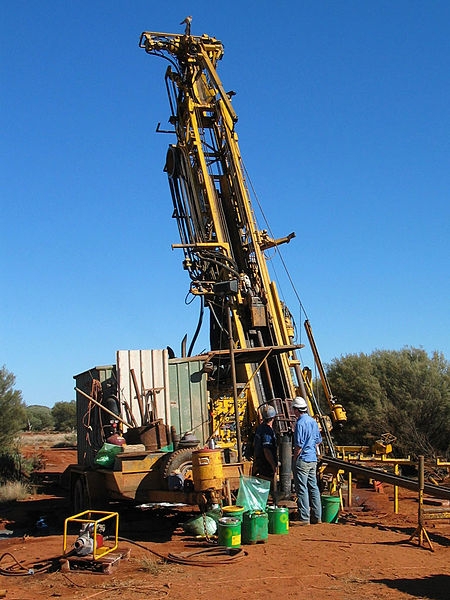California farmers are drilling deeper wells to cope with drought
But mining water that has been underground for thousands of years has many deeply worried.
"It's our savings account, and we're draining it," said Phil Isenberg of the Public Policy Institute of California, a former Sacramento mayor and assemblyman. "At some point, there will be none left."
Pumping groundwater is unregulated in California. Even Kansas and Texas prevent unlimited pumping, but most California farmers and developers consider well-drilling a private property right, Krieger wrote. They blame environmental laws, such as the protection of endangered fish and the government's unreliable water shipments, for their desperate situation. To reduce groundwater use, they say, more dams are needed to store water to help them get through dry years.
However, the article said, an increasing number of farmers concede that local, regional or state pressure might be the only way to preserve groundwater.
“Groundwater has always been a resource to fall back on when things are tight. But that's not what is going on now,” said David Doll, UC Cooperative Extension advisor in Merced County. “Operations have become more reliant on it.”
One of the reasons farmers have become so dependent on groundwater is a move away from annual crops growing on land that can be fallowed in dry years, to permanent crops like almonds that need water year-round every year. For farmers, the nut crops are more profitable.
The profit from a single acre of almonds can deliver $3,510 a year, Doll said. From 2000 to 2010, the price per pound jumped from 97 cents to $1.67, and the number of acres planted in almonds increases by 20,000 to 30,000 acres every year, according to the Almond Board of California.


